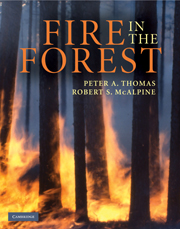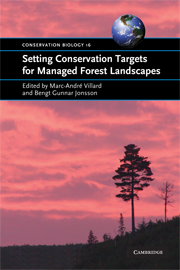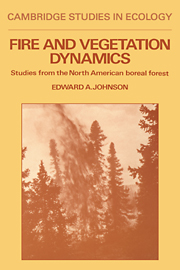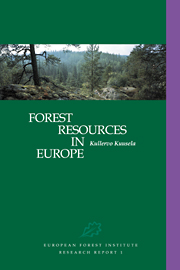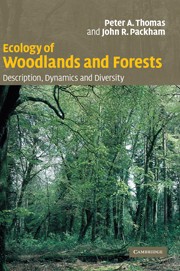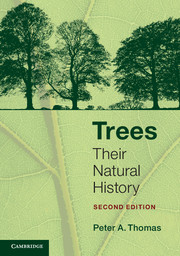Fire in the Forest
How destructive or beneficial are forest fires to wildlife? Should we be trying to reduce or increase the amount of fire in forests? How are forest fires controlled, and why does this sometimes fail? What effect will climate change have? These and many other questions are answered in this richly illustrated book, written in non-technical language. The journey starts in the long geological history of fire leading up to our present love-hate relationship with it. Exploring the physics of how a single flame burns, the journey continues through how whole forests burn and the anatomy of firestorms. The positive and negative ecological effects of fires are explored, from plants and wildlife to whole landscapes. The journey ends with how fires are controlled, and a look to the future. This book will be of interest to ecologists, biogeographers and anyone with an interest in forest fires and the role they play.
- Comprehensive coverage of fire, from the physics of a flame to how forested landscapes are affected and with case studies from around the world
- Links the science of fire to the social implications and management of fire, to show the overlap between disciplines; a growing trend in landscape management
- Richly illustrated in colour, engaging the reader's interest and allowing fine detail to be appreciated
Reviews & endorsements
"In a book of this size it is of course impossible to describe experiences in the whole planet, but there is extensive cover of the fire triangle (oxygen, heat and fuel) and the fire behavior triangle (fuels, topography and weather) in Australia as well as in North America and Europe of which the authors have personal experience."
John Packham, Bulletin of the British Ecological Society
"... a valuable source of factual information. The book has excellent illustrations, is easy to comprehend, and includes well-chosen examples of fire regimes from Canada, the US, and Australia. Highly recommended."
M.J. Zwolinski, Choice Magazine
"It is presented from a nontechnical, but well-referenced, point of view by the two primary authors, who are well positioned to provide such insight on this topic. This book does an excellent job of attaining its stated objectve of providing the reader with a nontechnical introduction to the mechanics of fire and the role that fire has played an will continue to play in various forest ecosystems throughout the world. This reviewer fround the international perspective especially informative, and the authors do an excellent job of making the reader aware that management of fires throughout the world's forests is an will remain an important management challenge for the forseeable future."
Roger D. Meicenheimer, Miami University for Plant Science Bulletin
Product details
November 2010Hardback
9780521822299
238 pages
285 × 225 × 16 mm
0.91kg
12 b/w illus. 119 colour illus.
Temporarily unavailable - available from September 2025
Table of Contents
- 1. In the beginning …
- 2. Historical review
- 3. How a fire burns
- 4. Fire in the wild landscape
- 5. Fire ecology
- 6. The benefits of fire and its use as a landscape tool
- 7. Fire suppression
- 8. Wildland fire and its management – a look towards the future
- 9. Further reading
- Index.

